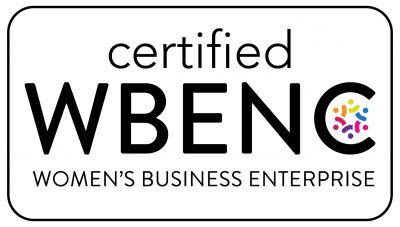Attention all injection mold manufacturers and those in the plastic parts manufacturing industry; if you are tired of imperfect plastic parts that are not up to your standard, look no further—we have you covered. Our team of experts has compiled a list of tool design tips and techniques perfect for plastic injection molds.
Use High-Quality Material – The quality of the material you use for your plastic injection molds can significantly impact the tolerances of the plastic parts produced. Using high-quality materials can ensure that the molds have a longer lifespan and can withstand the high pressure and temperature required in the injection molding process. Additionally, high-quality materials will ensure that the molds maintain their shape, which results in smoother and more accurate plastic parts.
Proper Cooling – Cooling is another critical component of injection mold manufacturing. When the plastic is melted and injected into the mold, it rapidly cools and solidifies. Proper cooling, using water or oil, will ensure that the plastic parts have a uniform structure, free from warping or defects.
Consistent Maintenance – Injection molds require maintenance to ensure longevity and reliable performance. Proper cleaning, inspection, and lubrication will keep the molds in top condition, delivering the finest in plastic parts.
Precision Tooling Design – The mold’s design is essential to ensure perfect plastic parts. Proper tooling design should consider the type of plastic used, the manufacturing process, and the final product specifications. Elements like gate location, air vents, and ejector pins must be carefully considered to ensure optimal mold performance and high-quality parts.
Attention to Detail – Any deviation from the tooling design requirements can result in defects in the plastic parts, making them unusable. Attention to detail helps you avoid these defects through thoroughly inspecting molds, timely maintenance, precise manufacturing, and a comprehensive quality control program.


